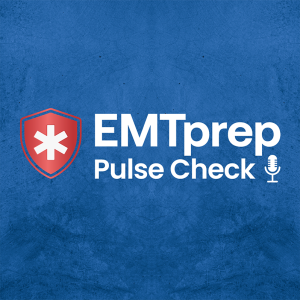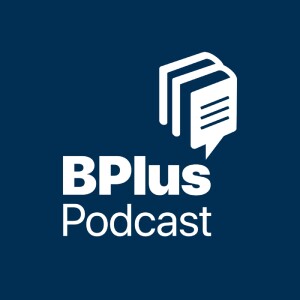

In this episode of EMTprep Pulse Check, we focus on the critical assessment and management of head and spine trauma in the prehospital setting. You’ll learn how to recognize subtle and severe signs of traumatic brain injury, spinal cord compromise, and intracranial pressure, along with field-based decision-making for stabilization and transport.
The episode also covers key exam-relevant topics, including mechanisms of injury, spinal motion restriction, Glasgow Coma Scale scoring, and when to apply a cervical collar or backboard. Practical guidance and clinical examples help connect foundational trauma concepts to real-world calls and exam success.
What You’ll Learn:-
How to assess patients for traumatic brain injury and spinal cord involvement
-
Signs of increasing intracranial pressure and neurologic deterioration
-
When and how to use spinal motion restriction in the field
-
Glasgow Coma Scale breakdown and its application in trauma
-
Best practices for prioritizing transport and coordinating with trauma centers
-
Early recognition of head and spine trauma can dramatically impact patient outcomes
-
Spinal motion restriction should be used based on assessment, not routine
-
EMTs must understand neurological assessment tools to make informed field decisions
Join thousands of EMT students and providers who trust EMTprep for expert-led reviews, scenario-based practice, and audio tools designed to fit your schedule.
👉 Start now at EMTprep.com. Access starts at just $25 per month.
#EMTprep #HeadTrauma #SpineInjury #NREMTPrep #TraumaAssessment #GlasgowComaScale #EMSeducation #PrehospitalCare #Backboarding #EMTPodcast #EmergencyMedicalServices
More Episodes
All Episodes>>You may also like
Create Your Podcast In Minutes
- Full-featured podcast site
- Unlimited storage and bandwidth
- Comprehensive podcast stats
- Distribute to Apple Podcasts, Spotify, and more
- Make money with your podcast












